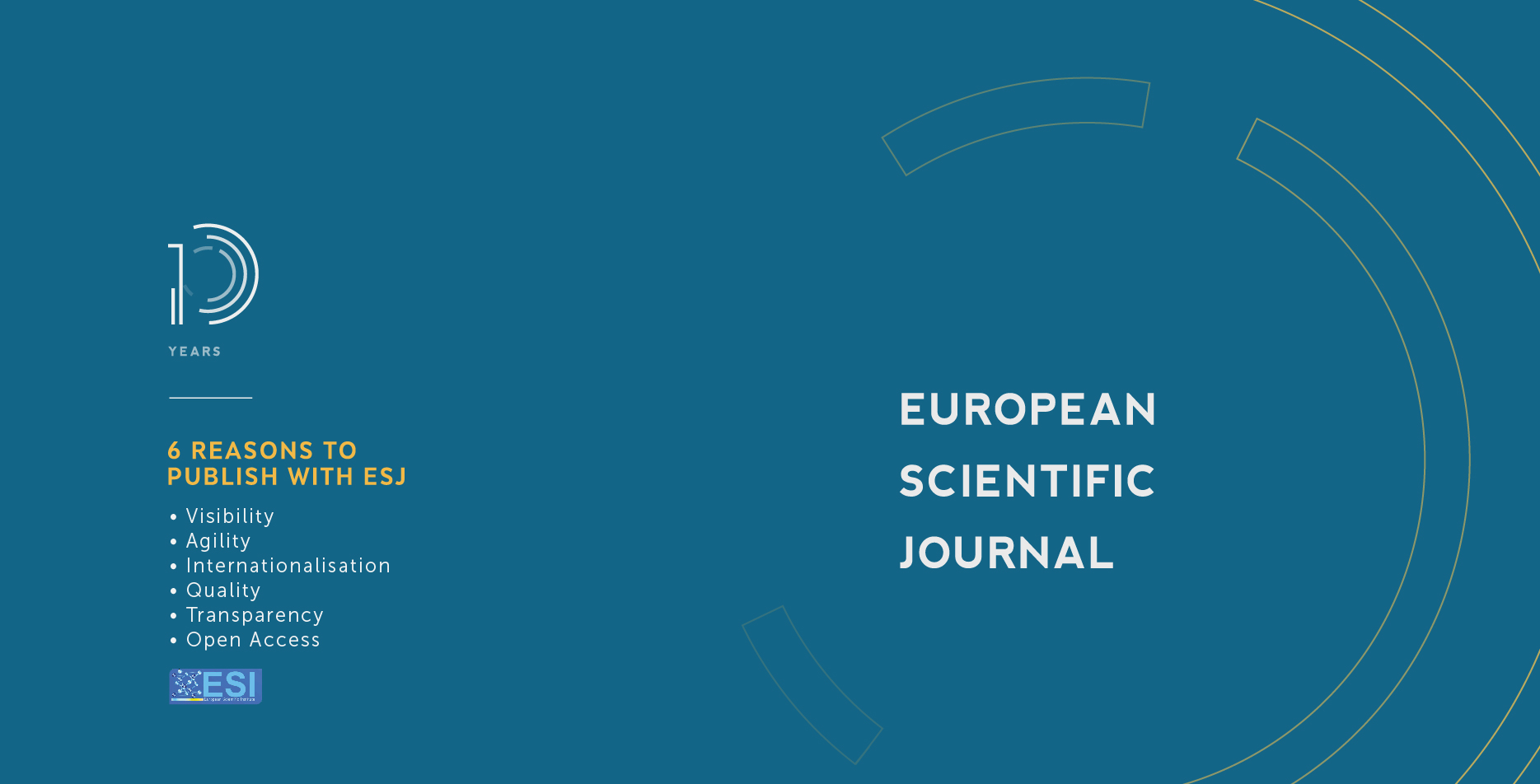Electrical Resistivity And Induced Polarization Imaging For Refuse Dump Site
Abstract
Contamination from landfills as a result of leaching from organic and inorganic waste poses a threat to the environment because, subsoil and groundwater are affected. The contamination is more serious in developing countries where waste management is inefficient. The aim of this study was to determine the extent of pollution at this site. Three profiles were surveyed: two in North-South direction and the third in Northeast-Southwest. 2D electrical resistivity and Time Domain Induced Polarization (TDIP) data sets have been acquired along the three profiles in Boadi Community. Electrical resistivity and induced polarization together with excavations were successful in mapping the extent of the leachate plume. The study demarcated clearly three main zones: the first, second and third zones indicated chargeabilities > 12.8 msec near the surface, > 6.4 msec and > 12.8 msec at the base respectively. Similarly, resistivities < 12 Ωm, 12 to 24 Ωm and >192 Ωm for the first, second and third zones respectively were delineated. The relatively lower electrical resistivity areas were thought to be due to the presence of the leachate plume and the comparatively higher chargeability zones were interpreted as duricrust. The relatively lower chargeability represents absence of polarizable materials. The study also delineated the weathered basement granodiorites showing relatively higher resistivities. These TDIP and ERT results show that the methods have been successful in mapping the landfill leachate plume. The results from the resistivity and chargeability compare very well with the excavations.
Downloads
Metrics
PlumX Statistics
Copyright (c) 2020 Akwasi Acheampong Aning, Van-Dycke Sarpong Asare, Reginald Mensah Noye

This work is licensed under a Creative Commons Attribution-NonCommercial-NoDerivatives 4.0 International License.








